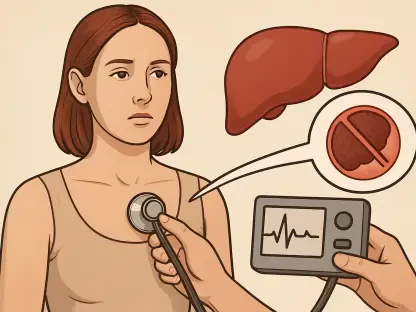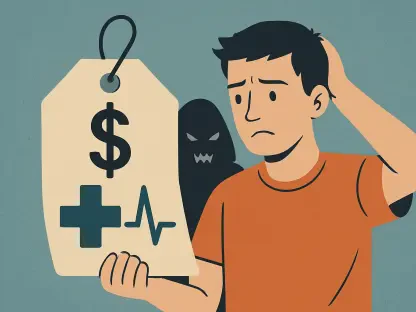Imagine a future where cutting-edge medications reach patients in record time. This future is not a distant dream but a tangible possibility thanks to the FDA’s introduction of fast-track vouchers under the Commissioner’s National Priority Voucher program. In an era demanding swift responses to public health crises, this initiative could be the game-changer the healthcare industry has been waiting for.
With the urgency of medical needs ever-increasing, accelerated drug reviews have never been more critical. The gap between the time of a drug’s development and its market entry can mean millions of lives saved or lost. By implementing the fast-track voucher program, the FDA intends to reduce review times drastically from a protracted ten to twelve months to as little as one to two months.
A Catalyst for Rapid Drug Approvals
The FDA’s Commissioner’s National Priority Voucher program is poised as a pivotal shift in the paradigm of drug approval timelines. This system aims to provide accelerated review processes for drugs meeting specific public health criteria. Through a multidisciplinary, team-based approach, this initiative promises not only to speed up approvals but also to maintain the thoroughness required in evaluating new treatments. By ensuring quicker access to life-saving medications, these vouchers signal a new era in healthcare where timely medical intervention is prioritized.
Understanding the Urgency: A Public Health Perspective
In a medical landscape challenged by emerging diseases and an aging population, the need for rapid drug approvals is crucial. Swift access to medications can transform public health outcomes steadily. This urgency stems from a need to fill treatment gaps, combat pandemics, or address rare diseases effectively. The FDA’s initiative acknowledges this urgency, striving to compress the time it takes for potentially life-altering drugs to reach those in need while maintaining safety and efficacy standards.
Dissecting the Fast-Track Voucher Program
The Commissioner’s National Priority Voucher program employs a comprehensive and innovative strategy. Vouchers are awarded for applications that align with national interests, including public health needs and boosting domestic innovation. The program mandates early submissions of crucial components such as chemistry, manufacturing controls, and draft labeling, ensuring readiness for rapid review. Additionally, a “tumor board-style” review process facilitates prompt decision-making, condensing months into a matter of days. Generative AI tools are allocated across FDA centers to alleviate repetitive tasks, further expediting the review process.
Insights from Industry Experts and Thought Leaders
Industry insiders are keenly observing the fast-track voucher program. Experts acknowledge that while this system propels innovation, it may also alter the competitive landscape of the pharmaceutical sector. Some argue that it incentivizes companies to align their research with broader public health demands, fostering a new wave of targeted cures. Thought leaders, however, caution that maintaining rigorous evaluation standards is crucial, ensuring that speed does not compromise patient safety.
Navigating the Fast Track: A Guide for Stakeholders
For stakeholders, understanding the intricacies of engaging with the FDA’s fast-track program is paramount. Companies need to be thoroughly prepared with all necessary documentation and align their development processes with national goals. Early submission protocols mean that advance planning and coordination are crucial for successful applications. By prioritizing innovation that meets critical public health needs, businesses can better position themselves for expedited approvals, maximizing both market reach and societal impact.
The introduction of fast-track vouchers by the FDA is a significant advancement in drug approval methodologies, potentially reshaping healthcare delivery landscapes. By strategically harnessing innovation and applying meticulous planning, the pharmaceutical industry could seize this opportunity for accelerating life-saving treatments to the public. The ongoing intersection of speed and safety promises much potential, yet relies on balanced implementation and continued evolution of the voucher program.









